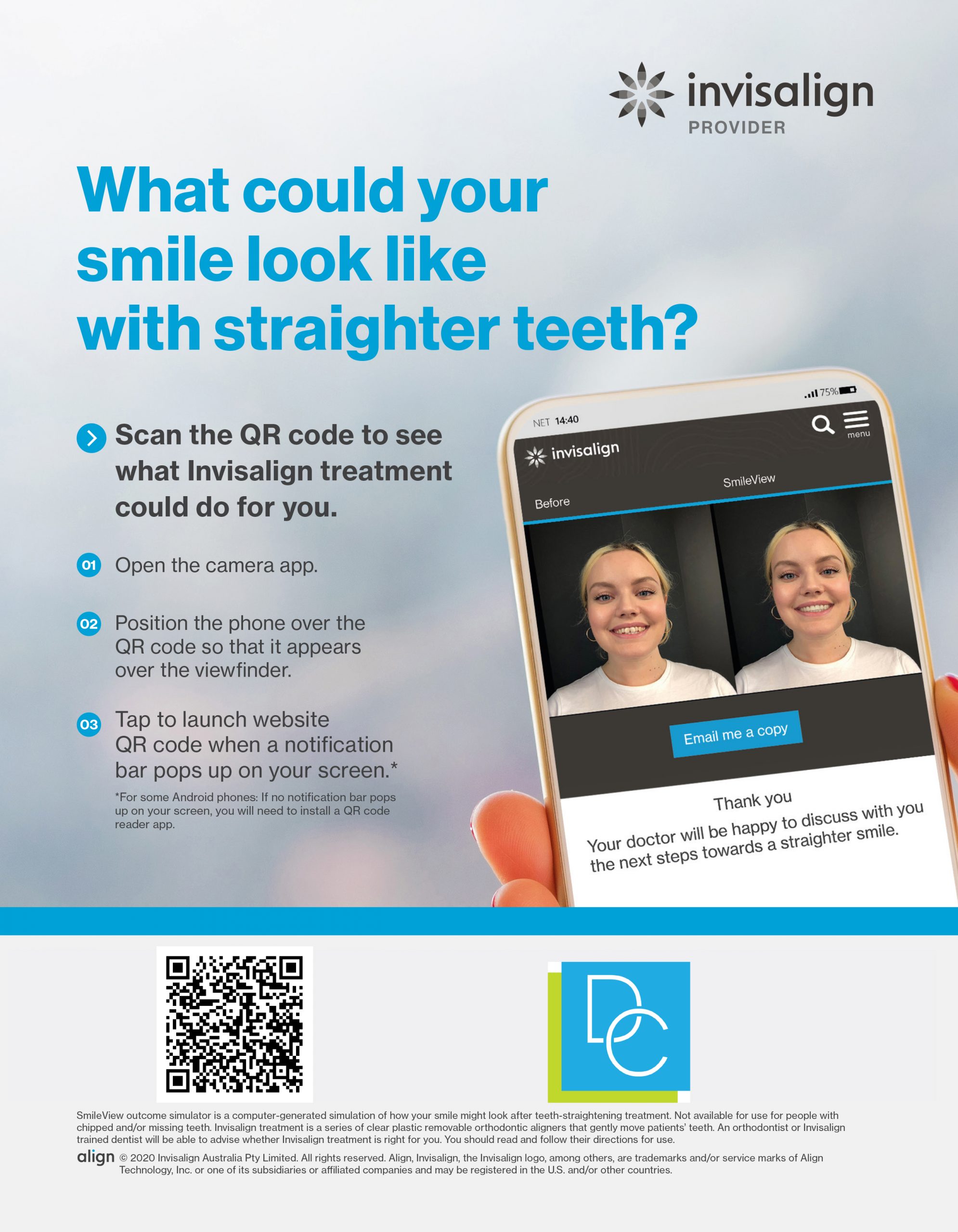- December 2023
- April 2022
- March 2022
- February 2022
- January 2022
- November 2021
- October 2021
- September 2021
- August 2021
- July 2021
- January 2021
- December 2020
- November 2020
- October 2020
- September 2020
- August 2020
- July 2020
- June 2020
- May 2020
- April 2020
- March 2020
- February 2020
- January 2020
- December 2019
- August 2019
- July 2019
- June 2019
- May 2019
- April 2019
- March 2019
- February 2019
- January 2019
- December 2018
- November 2018
- October 2018
- September 2018
- August 2018
- July 2018
- May 2018
- April 2018
- March 2018
- February 2018
- January 2018
- November 2017
- October 2017
- September 2017
- August 2017
- July 2017
- June 2017
- April 2017
- March 2017
- January 2017
- October 2016
- October 2015
- September 2015
- August 2015
The Benefits of Removing Painful Wisdom Teeth
3 June,2019Wisdom teeth are the third molars located right at the back of your mouth on the upper and lower jaw. They mostly grow out by the age of 17, although some people get theirs a couple of years later. Wisdom teeth that come out normally with proper positioning in the arch should be left untouched. If the teeth erupt abnormally though, they can be misaligned or impacted in the jaw. Wisdom teeth that have poor positioning may cause you many dental problems as you grow older.
Firstly, you might find it hard to brush your wisdom teeth if they’ve come out at a particular angle. Lack of good brushing can make them a breeding ground for bacteria. Secondly, if they aren’t perfectly aligned with the rest of the teeth in your mouth, you’ll have bite problems and issues with the teeth situated right next to your wisdom teeth. That doesn’t necessarily mean you have to extract them as soon as they appear. The dentist will perform a thorough check to determine whether you’re an ideal candidate for wisdom tooth extraction or not.
Dealing with Painful Wisdom Teeth
Pain in the wisdom tooth can be a sign of
- Decay
- Cysts
- Infection
- Swelling
- Bone damage
If you’re tooth is sensitive to heat and it’s causing you excruciating pain, you must visit the dentist at the earliest opportunity to avoid further complications. After performing an oral examination and taking X-rays, your dentist might recommend wisdom tooth removal. This is especially true for patients whose wisdom teeth fail to offer a good bite and serve no purpose in chewing food. Impacted wisdom teeth that start aching should also be extracted because they’ll not only cause you trouble in the future but they’ll also damage neighbouring teeth.
Once extracted, you won’t have problems brushing your teeth located right at the back of your mouth. This will help you maintain better oral hygiene. You won’t have to worry about damaging the bone surrounding your decayed wisdom teeth and you’re mouth will feel less crowded than before.
Wisdom Tooth Extraction - What it Entails
After a careful look at the X-rays, the dentist will tell you how difficult it will be to remove the teeth. Impacted teeth can be trickier to remove than teeth that have grown out completely. Not all dentists perform wisdom teeth removal, so you might be referred to an oral surgeon for this procedure. If you’re in extreme pain, the dentist will prescribe a few pain killers along with antibiotics to cure the infection.
If you’re considering getting all 4 teeth pulled at once, you may choose to get the procedure done at the hospital under general anaesthesia. If not, you can take oral pain killers along with sedatives and local anaesthesia at the dentist’s office.
Preparing for the Surgery
Patients are advised not to eat any food after midnight, the night before the surgery. On the day of the surgery, the patient is given anaesthesia and the affected site is rendered numb. After this, the surgeon carefully opens gum tissue to reach the tooth and removes it using different tools. Stitches will be used to close the affected site and cotton gauze will be placed in the mouth to arrest bleeding.
Patients will be prescribed pain-killers to take in the days that follow the surgery. It’s very important to follow the surgeon’s instructions post-surgery in order to speed up healing.
Dental on Clarendon are the experts in the field of family dentistry. We are committed to offering you the best dental services at our state of the art office in South Melbourne. Visit us online or call us on 03 9690 3285.


